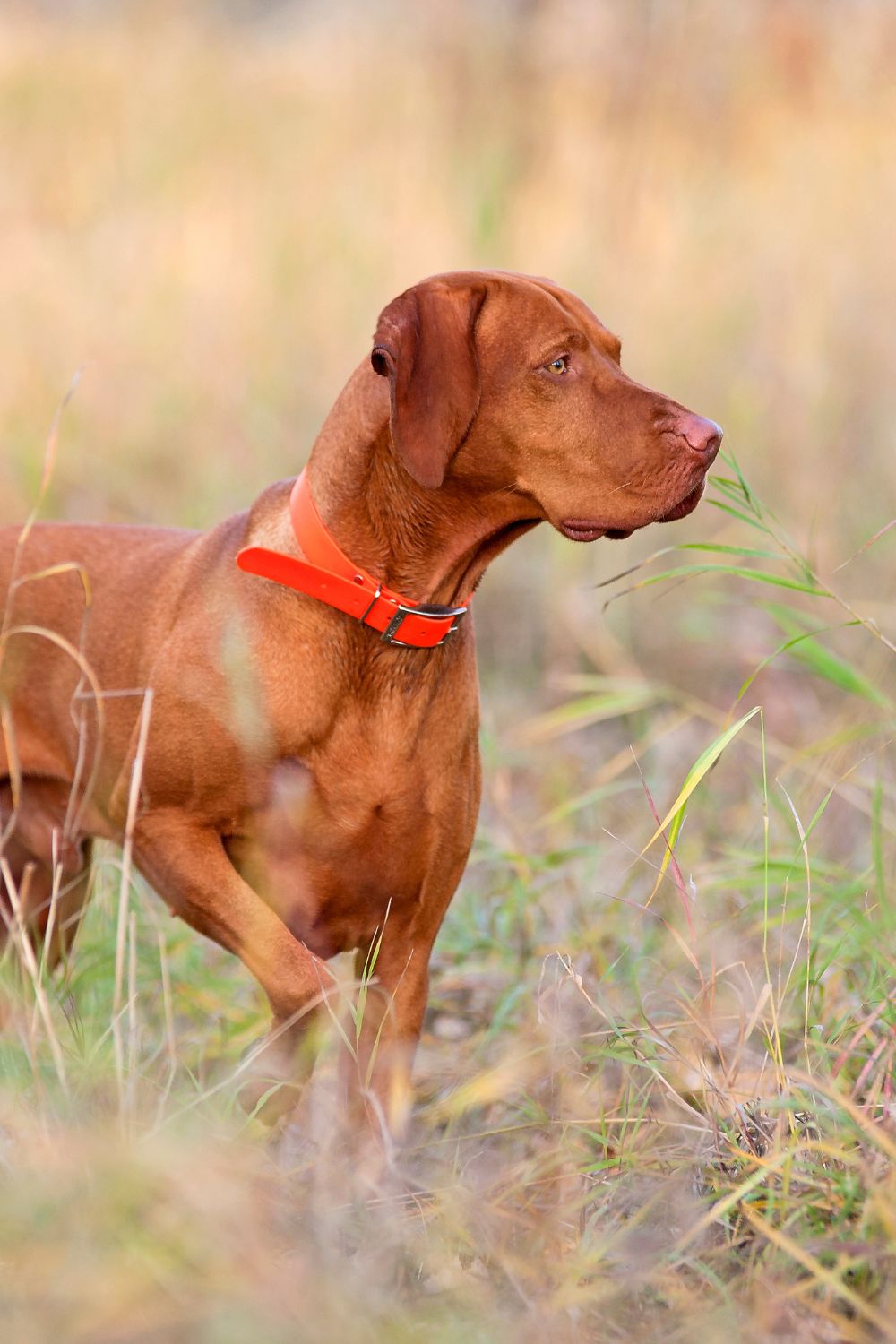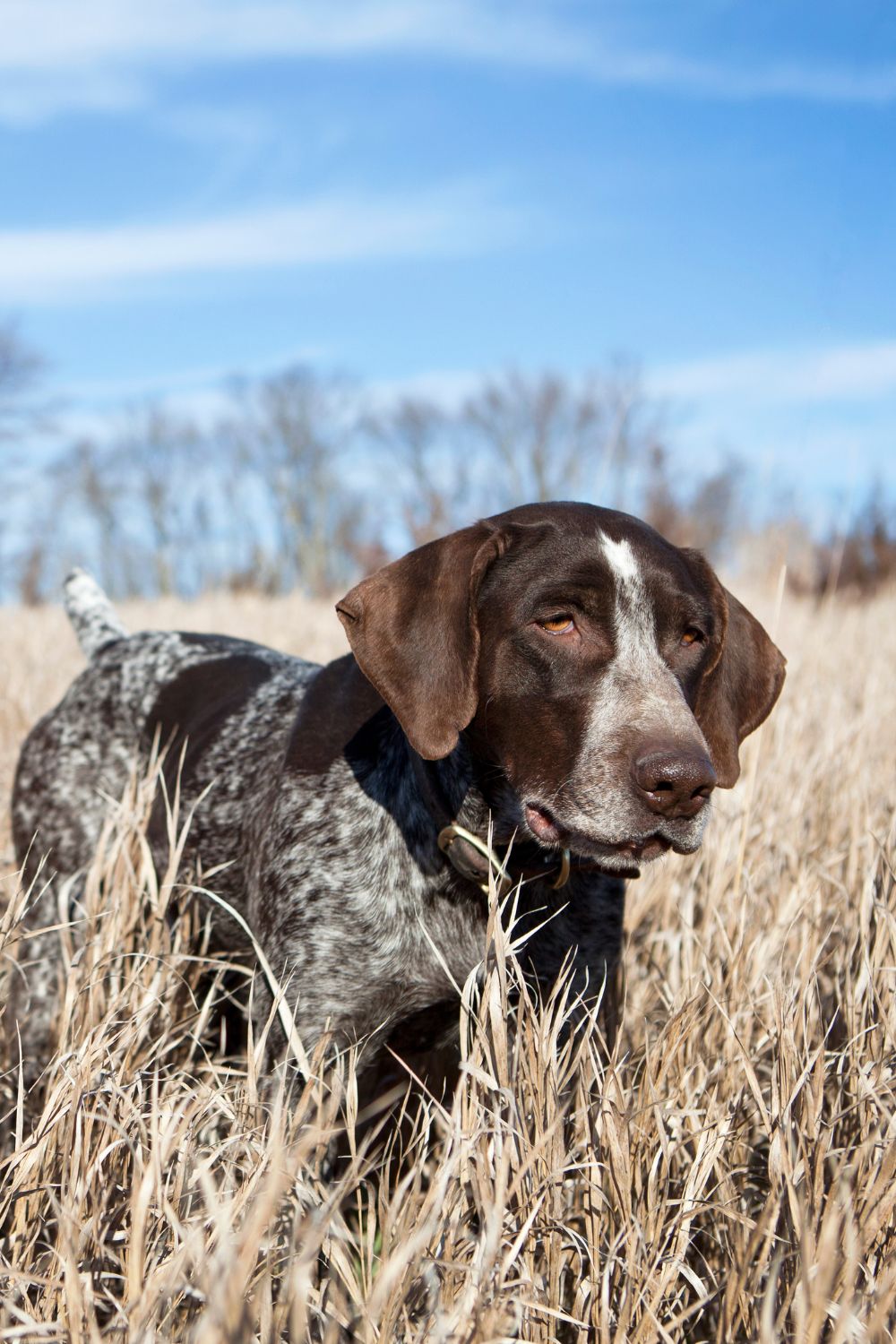Dogs are great companions but they have a prey drive because of their wild ancestors. Find out ways on Understanding and Managing Your Dog’s Prey Drive
Understanding and Managing Your Dog’s Prey Drive
Prey drive, the innate instinct to chase and capture prey, is a natural and deeply ingrained behavior in many dogs. While this instinct is more pronounced in certain breeds, such as terriers, herding canines, and hounds, all pets possess prey drive to some degree. Understanding and managing your dog’s hunting instinct is crucial for ensuring their safety, as well as the safety of other animals and people around them.
In this post, we’ll delve into the concept of the chase reflex, explore its various manifestations, and discuss effective strategies for managing and channeling this instinct positively.
What is Prey Drive?
Prey drive is a complex and multi-faceted instinct that involves a sequence of behaviors: searching, stalking, chasing, biting, and killing. This instinct is deeply rooted in a dog’s evolutionary history, as their wild ancestors relied on these behaviors for survival. Today, domesticated fidos exhibit predatory drive in various ways, depending on their breed, individual personality, and environment.
Prey Drive vs. Aggression
It’s important to distinguish between chase reflex and aggression, as they are often confused. Prey drive is a natural, instinctual behavior that is not inherently aggressive. Dogs engaging in prey-driven behavior are usually focused on the chase and capture, rather than causing harm. However, if left unchecked or improperly managed, hunting instinct can lead to undesirable or even dangerous situations, such as chasing or attacking small animals, or pursuing moving objects like cars or bicycles.
Breed-Specific Prey Drive
Certain dog breeds have been selectively bred for tasks that involve a strong hunting behavior, such as hunting, herding, or vermin control. These breeds often have a more intense and focused prey drive compared to other pets.
Some examples include:
- Terriers (e.g., Jack Russell Terriers, Rat Terriers)
- Herding breeds (e.g., Border Collies, Australian Shepherds)
- Hounds (e.g., Beagles, Basset Hounds)
- Sporting breeds (e.g., Labrador Retrievers, Pointers)
Understanding your canine’s breed-specific prey drive can help you better manage and positively channel their instincts. For example, a Border Collie’s hunting behavior can be channeled into herding tasks or agility training, while a Beagle’s predatory drive can be satisfied through scent work or tracking games.
Signs of High Prey Drive
Dogs with a high predatory behavior may exhibit some or all of the following behaviors:
- Intense focus on moving objects (e.g., cars, bikes, joggers)
- Persistent chasing of small animals (e.g., squirrels, rabbits, cats)
- Stalking or herding behavior toward other pets or children
- Strong desire to chase and tug on toys or rope
- Difficulty disengaging from prey-driven behavior when called
- Whining, barking, or lunging when prey objects are in sight
- Digging or jumping to reach prey objects
Recognizing these signs can help you identify when your dog’s hunting instinct is being triggered and take appropriate action to manage the situation. It’s essential to address high prey drive early on, as it can lead to dangerous situations if left unchecked, such as your pet chasing a small animal into traffic or becoming lost during a pursuit.
Managing Prey Drive
Managing your dog’s predatory drive involves a combination of training, environmental management, and providing appropriate outlets for their instincts.
Teaching your canine impulse control and reliable obedience commands is essential for managing their prey drive. Some key training strategies include:
- Teach a strong “leave it” command to interrupt prey-driven behavior
- Practice recall (coming when called) in various environments with increasing distractions
- Work on impulse control exercises, such as “wait” or “stay,” to help your fido develop self-control
- Use positive reinforcement techniques to reward desired behaviors
- Desensitize your companion to prey objects by gradually introducing them in a controlled setting and rewarding calm behavior
Consistent training and practice will help your pet learn to control their impulses and respond to your commands, even in prey-drive triggering situations. It’s crucial to start training early and make it a lifelong practice to maintain your dog’s skills and responsiveness.
Managing your dog’s environment can help minimize triggers and prevent unwanted prey-driven behavior. Some strategies include:
- Keep your canine on a leash or in a securely fenced area when outdoors
- Avoid areas with high concentrations of prey animals, such as parks or nature trails
- Use physical barriers (e.g., baby gates) to separate your fido from other pets or children if necessary
- Supervise your furry friend closely when around potential prey triggers
- Use visual barriers (e.g., curtains, frosted windows) to block your dog’s view of outdoor prey objects
By controlling your pet’s access to prey-drive-triggering situations, you can reduce the likelihood of unwanted behavior and keep everyone safe.
Providing Appropriate Outlets
Giving your puppy appropriate outlets for their chase reflex can help satisfy their instincts in a controlled and positive manner. Some options include:
- Engage in interactive play with tug toys or flirt poles
- Participate in fido sports that channel prey drives, such as lure coursing or barn hunt
- Use puzzle feeders or snuffle mats to encourage foraging behavior
- Play hide-and-seek games with toys or treats to engage your company’s searching instincts
- Provide chew toys or bones to satisfy your dog’s desire to grab and hold prey
For canines with a strong prey drive, especially those from hunting or working lines, more specialized outlets may be necessary. In some cases, tools like a hunting dog collar, used under the guidance of a professional trainer, can help reinforce recall and control in high-drive situations. However, it’s crucial to prioritize positive reinforcement and only use aversive tools as a last resort and with extreme caution.
Seeking Professional Help
If your dog’s predatory drive is causing significant problems or you’re struggling to manage their behavior, don’t hesitate to seek help from a qualified professional, such as a certified dog trainer or behaviorist. They can assess your dog’s individual needs and develop a tailored management plan to help you and your pet navigate this instinct safely and positively. A professional can also help you identify any underlying issues, such as anxiety or fear, that may be contributing to your canine’s hunting instinct and guide you in addressing these concerns.
Closing Thoughts
Understanding and managing your dog’s prey drive is an essential part of responsible dog ownership. By recognizing the signs of high chase reflex, implementing appropriate training and environmental management strategies, and providing positive outlets for your puppy’s instincts, you can help keep your pet safe and satisfied.
Remember, every fido is unique, and what works for one may not work for another. Be patient, consistent, and willing to adapt your approach as needed. With the right tools, techniques, and mindset, you and your furry friend can enjoy a fulfilling and harmonious relationship while still honoring their instincts. Embrace the journey of understanding and working with your dog’s prey drive, and you’ll be rewarded with a deeper bond and a happier, more well-rounded canine companion.
By taking the time to understand and manage your dog’s predatory behavior, you’re not only ensuring their safety and well-being but also contributing to a more peaceful and positive relationship between the puppy and the world around them.


Leave A Reply!